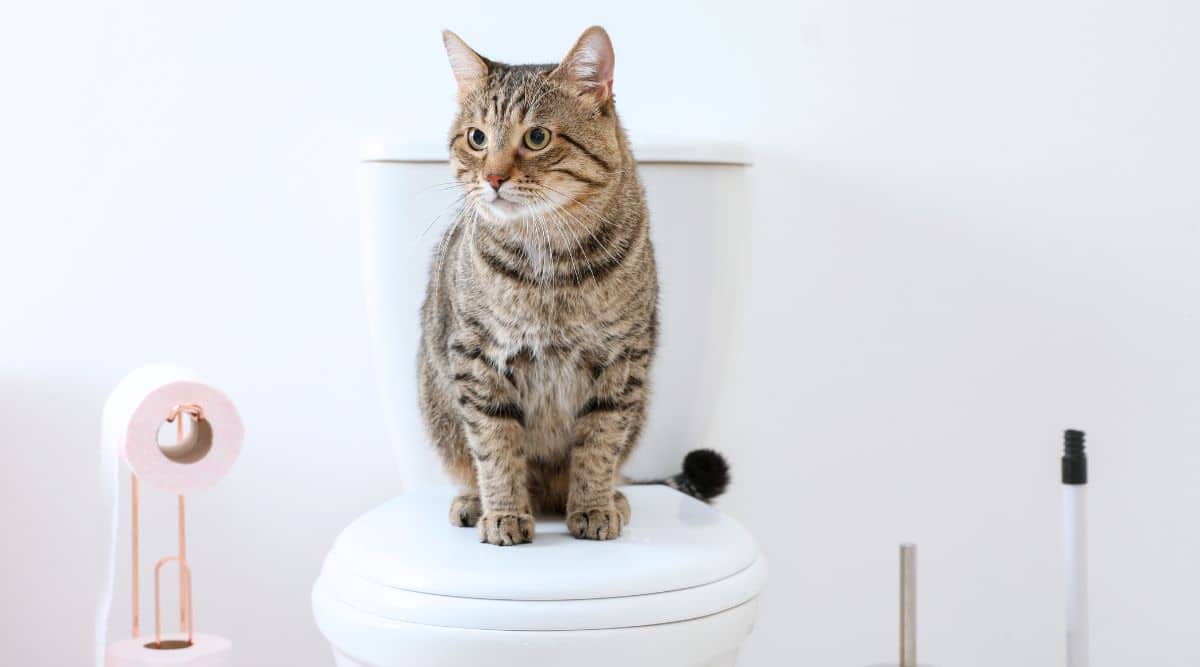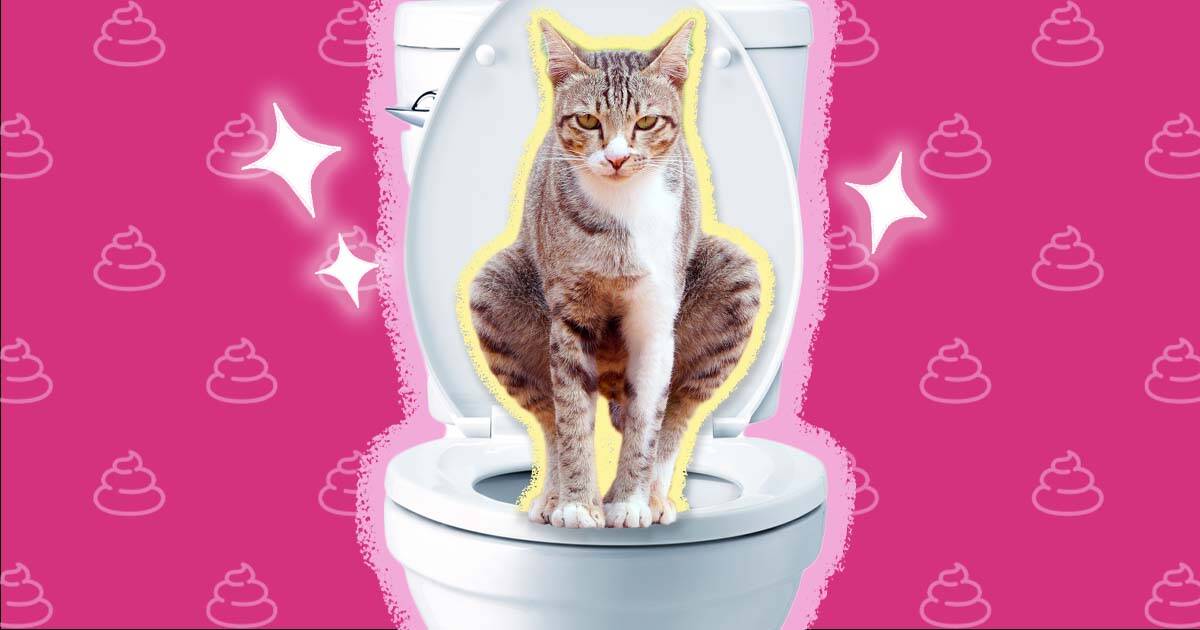My Significance of Not Getting rid of Animal Waste Down the Toilet
My Significance of Not Getting rid of Animal Waste Down the Toilet
Blog Article
What're your opinions regarding Why you should never flush dog poop down the toilet?

When it comes to throwing away waste, especially animal waste, many people typically turn to the hassle-free option of flushing it down the bathroom. However, this relatively very easy option can have major effects for the environment and public health. In this article, we'll discover why flushing pet waste down the commode is a negative concept and supply alternate techniques for proper disposal.
Intro
Proper waste disposal is critical for keeping ecological sustainability and public health. While it might appear harmless to flush animal waste down the bathroom, it can bring about numerous concerns, both for the atmosphere and human health.
Threats of flushing pet waste
Ecological impact
Flushing pet waste introduces dangerous germs and pathogens right into rivers, which can negatively affect marine communities. These microorganisms can infect water sources and injury aquatic life, disrupting delicate environments.
Public health issues
Animal waste has dangerous bacteria such as E. coli and Salmonella, which can posture significant wellness risks to humans. Purging pet waste down the bathroom can contaminate water products, causing the spread of illness and infections.
Alternatives to flushing
Instead of purging animal waste down the toilet, there are a number of different disposal approaches that are extra environmentally friendly and sanitary.
Composting
Composting pet waste is an environmentally friendly means to get rid of it. By composting, organic matter is broken down right into nutrient-rich soil, which can be utilized to fertilize yards and plants.
Garbage dump disposal
Getting rid of animal waste in a land fill is an additional choice. While not as environmentally friendly as composting, it is a more secure alternative to flushing, as it prevents the contamination of water resources.
Family pet waste disposal systems
There are specialized pet garbage disposal systems available that safely and hygienically throw away animal waste. These systems often utilize enzymes to break down waste and remove smells.
Steps to correct pet waste disposal
To ensure appropriate disposal of animal waste, adhere to these steps:
Scooping and landing waste
Routinely scoop and bag animal waste using naturally degradable bags. This stops waste from infecting the atmosphere.
Making use of assigned waste bins
Dispose of bagged animal waste in designated waste bins, such as compost containers or landfill containers. Stay clear of flushing it down the commode at all expenses.
Cleaning can and pet dog areas on a regular basis
Frequently tidy litter boxes and pet areas to stop the buildup of waste and bacteria. Usage pet-safe cleaning products to maintain hygiene.
Benefits of proper disposal methods
Embracing appropriate disposal approaches for animal waste provides numerous benefits:
Reduced environmental pollution
Correct disposal techniques minimize the threat of environmental pollution, shielding waterways and ecological communities from contamination
Reduced risk of water contamination.
By staying clear of flushing pet waste down the bathroom, the danger of water contamination is dramatically reduced, safeguarding public health.
Enhanced hygiene and health
Appropriate disposal approaches promote far better hygiene and health, producing a safer setting for both humans and pets.
Conclusion
To conclude, purging pet waste down the toilet is damaging to the atmosphere and public health. By taking on different disposal techniques and more info adhering to correct waste management practices, we can decrease the negative effect of pet waste and add to a cleaner, healthier planet.
What To Do With Dog Poo – The Do's And Don'ts Of Disposing Of Faeces
Dog poo bins
Some councils provide dedicated dog waste bins in popular dog-walking areas that can take dog poo that has been bagged but you can legally dispose of dog waste in any public litter bin, as long as it is securely bagged. This also applies to your wheelie bin at home.
Do not flush
Water companies do not recommend flushing dog faeces down the toilet because certain parasites can survive the water processing treatment and are potentially harmful to humans. You should also never consider flushing dog poo that has been bagged down the toilet as the bags will not break down and instead create severe blockages in the sewage system.
In the woods
The Forestry Commission promotes a ‘stick and flick’ method for dealing with waste in the woods. This means finding a stick and using it to flick any poo from off the path so that it is out of the way of other walkers. You could also bury it as long as it is not in an area where there might be livestock.
Livestock
Parasites found in dog poo can be transmitted to livestock if they inadvertently eat infected faeces that has been left on grazing land. This could result in the death of sheep or abortion in cattle so you should always make sure you pick up your dog’s waste in fields where livestock could be present.

Frequently tidy litter boxes and pet areas to stop the buildup of waste and bacteria. Usage pet-safe cleaning products to maintain hygiene.
Benefits of proper disposal methods
Embracing appropriate disposal approaches for animal waste provides numerous benefits:
Reduced environmental pollution
Correct disposal techniques minimize the threat of environmental pollution, shielding waterways and ecological communities from contamination
Reduced risk of water contamination.
By staying clear of flushing pet waste down the bathroom, the danger of water contamination is dramatically reduced, safeguarding public health.
Enhanced hygiene and health
Appropriate disposal approaches promote far better hygiene and health, producing a safer setting for both humans and pets.
Conclusion
To conclude, purging pet waste down the toilet is damaging to the atmosphere and public health. By taking on different disposal techniques and more info adhering to correct waste management practices, we can decrease the negative effect of pet waste and add to a cleaner, healthier planet.
What To Do With Dog Poo – The Do's And Don'ts Of Disposing Of Faeces
Dog poo bins
Some councils provide dedicated dog waste bins in popular dog-walking areas that can take dog poo that has been bagged but you can legally dispose of dog waste in any public litter bin, as long as it is securely bagged. This also applies to your wheelie bin at home.
Do not flush
Water companies do not recommend flushing dog faeces down the toilet because certain parasites can survive the water processing treatment and are potentially harmful to humans. You should also never consider flushing dog poo that has been bagged down the toilet as the bags will not break down and instead create severe blockages in the sewage system.
In the woods
The Forestry Commission promotes a ‘stick and flick’ method for dealing with waste in the woods. This means finding a stick and using it to flick any poo from off the path so that it is out of the way of other walkers. You could also bury it as long as it is not in an area where there might be livestock.
Livestock
Parasites found in dog poo can be transmitted to livestock if they inadvertently eat infected faeces that has been left on grazing land. This could result in the death of sheep or abortion in cattle so you should always make sure you pick up your dog’s waste in fields where livestock could be present.

Do you enjoy reading about ? Put a remark directly below. We will be delighted to listen to your ideas about this entry. In hopes to see you back again in the future. Do you know about another person who is involved in Can You Flush Dog and Cat Poo Down the Toilet?? Please feel free to promote it. Many thanks for your time spent reading it.
Visit The Following Page Report this page